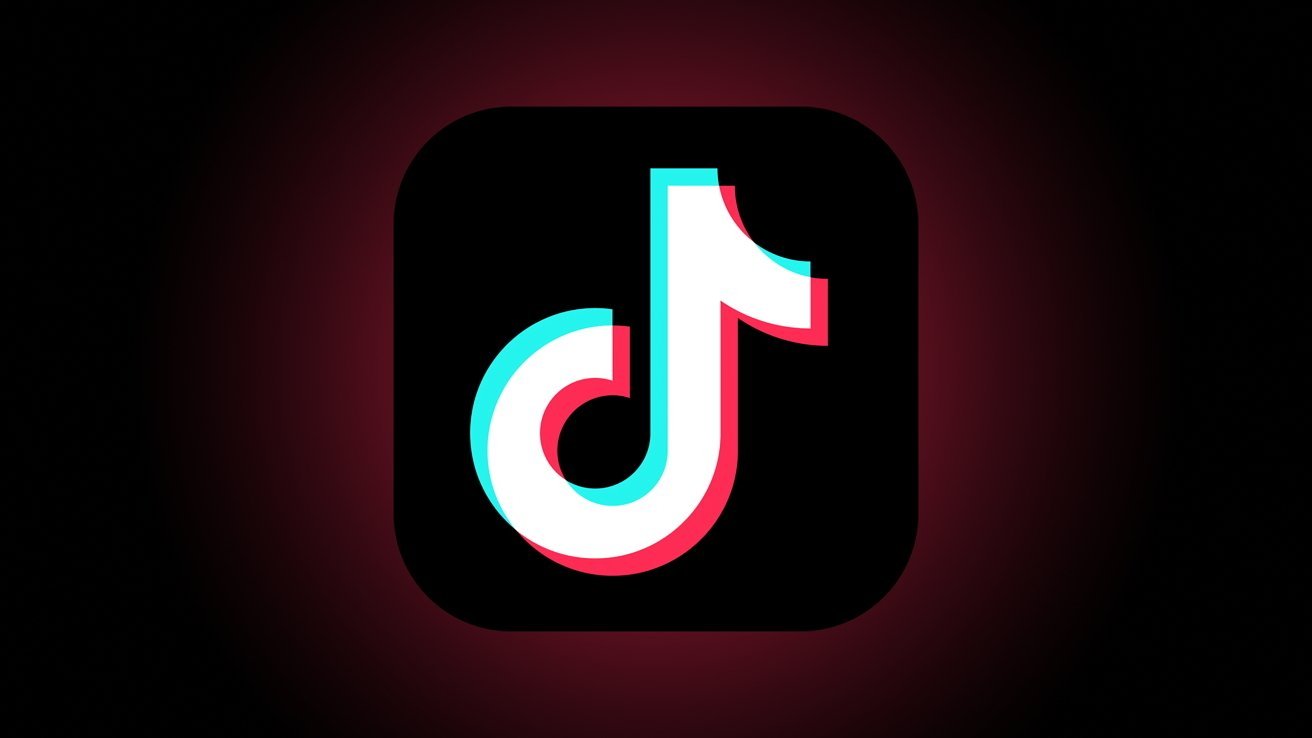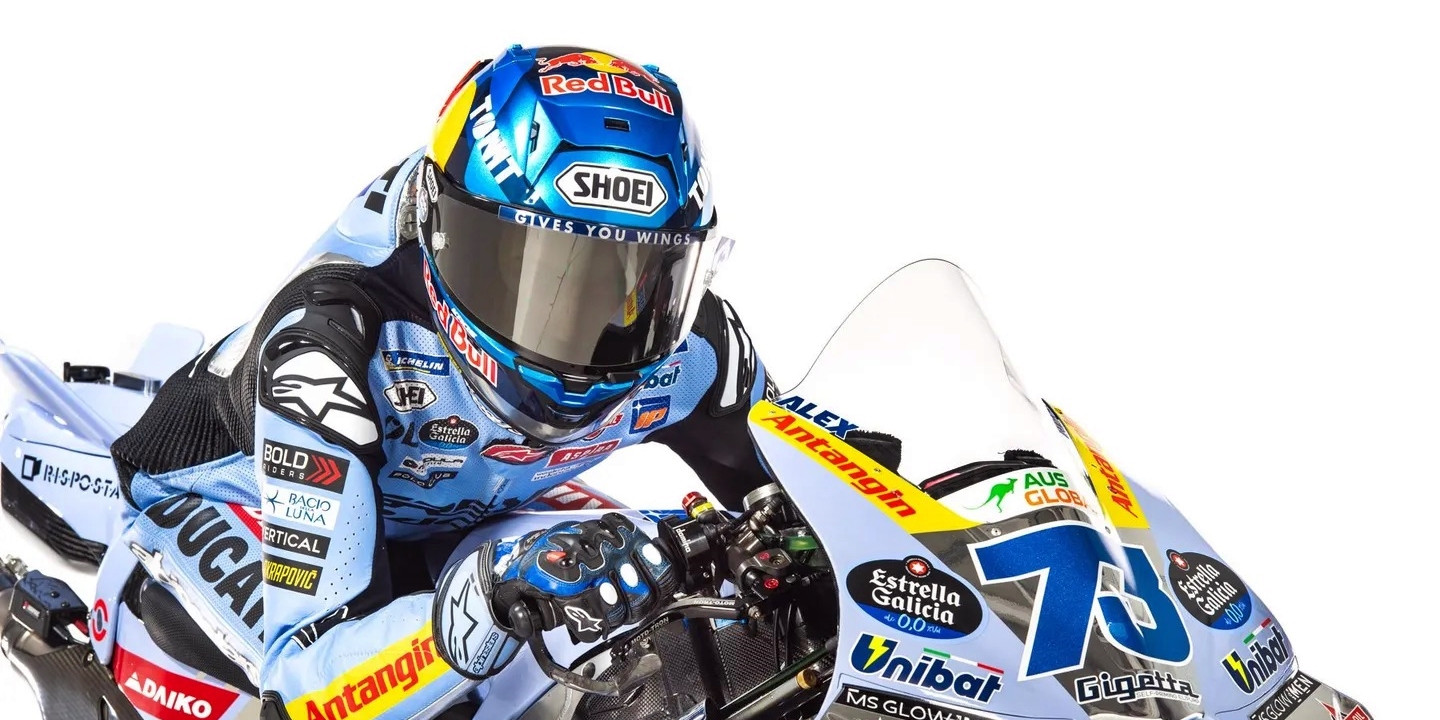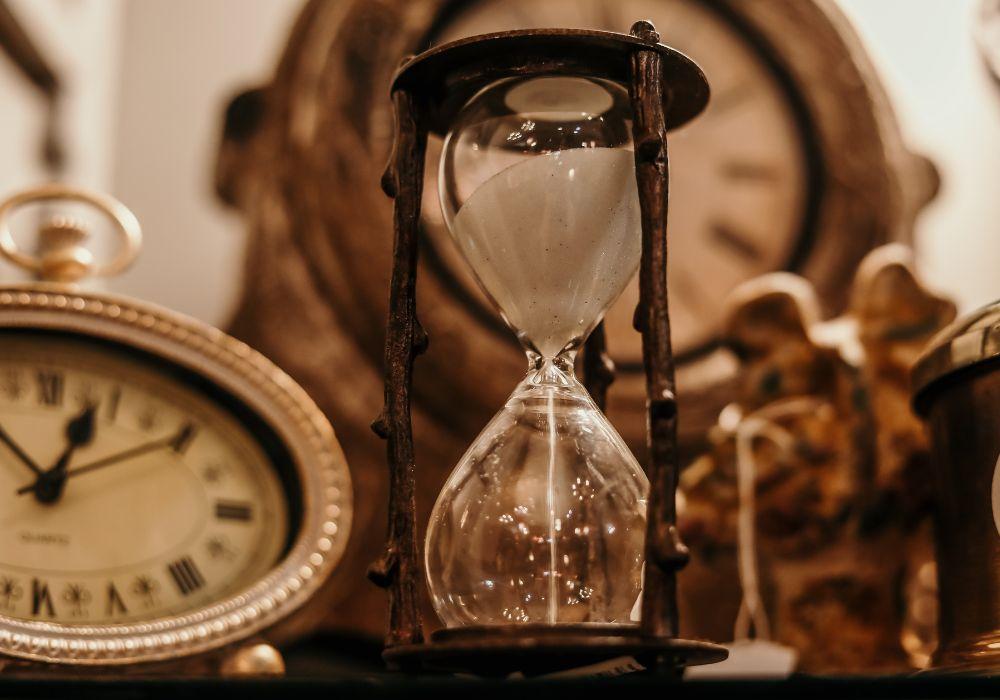Why Physical Album Variants Have Exploded in the Streaming Era
With an average of seven versions per top 10 album in mid-2024, labels and artists have upped their variant game in recent years. But some consumers are starting to push back.

After helping to create the watery pink-and-gray cover art for Linkin Park‘s 2024 album From Zero, Frank Maddocks, the band’s art director, chopped the visual into five pieces and adapted them into collages for four alternate vinyl releases. “I wanted to develop these unique textures I could use for whatever kind of piece they could schedule, whether it was a different vinyl or CD configuration,” says Maddocks, Warner Records’ vp of creative, who has been working with the band on album artwork for 24 years. “It’s smart to think of, ‘What would be the next tier of this artwork?’ or, ‘How can it adapt and change?'”
From Zero came out with 17 alternate physical versions, known as variants, including 11 vinyl LPs, three CDs, a CD box set and two cassettes — and the combined sales of those variants contributed to Linkin Park’s debut at No. 1 on four rock album charts in late November, including Top Rock Albums and Top Hard Rock Albums. That may sound like a lot, but it’s now standard in today’s music industry, in which almost every hit artist, from Taylor Swift to Sabrina Carpenter to K-pop stars such as TWICE, ATEEZ and Stray Kids, markets highly priced variants to collectors and superfans.
Today’s variant explosion is rooted in the early 2000s, when the Eagles’ 2007 album Long Road Out of Eden and AC/DC’s 2008 album Black Ice boosted their CD sales with heavily hyped Wal-Mart exclusives — and both landed No. 1 albums at a time when iTunes-style digital downloads dominated the business. In a way, these exclusives were the opposite of today’s variant explosion — each was available for sale at just one retailer. But they broke the dam. Up to that point, labels resisted deals involving exclusive albums for Wal-Mart, Best Buy or Target, fearing spurned old-school record stores might take out their frustrations by short-changing other releases. After the Eagles and AC/DC successes, artists and labels realized they could provide exclusives and release multiple separate versions, for sale directly to consumers through their own webstores or to multiple retailers. K-pop stars became masters of this practice, encouraging superfans to buy every single variant.
“The idea of having consumers run around and collect them all, and pick the best version of an album, isn’t really new,” says Adam Abramson, formerly Elektra Records’ head of sales and streaming. “In the mid-2000s, we could’ve had four or five exclusives — there might’ve been a Best Buy CD with two bonus tracks, a Target CD-DVD combo, Trans World would have a poster, Circuit City would have a T-shirt, Hot Topic would have some kind of merch item, the indies would have a promo item.”
Once streaming kicked in, artists and labels quickly realized CD sales had a disproportionate influence on the Billboard 200, so they could boost chart performance by offering fans extra material, like concert tickets or merch. For a while, the Billboard charts allowed artists to bundle physical albums with concert tickets. But that all changed when Billboard banned the practice in 2020. “The ticket bundles going away was almost a tipping point that opened the floodgates,” says Mike Sherwood, former executive vp of global commercial marketing and strategy at Capitol Records. “They had to be replaced by something, and that something became, ‘Well, this vinyl thing is happening over here, and you can make different colors and weights and packages.'”
As a result, many of today’s biggest artists have gone to extremes in putting out multiple variants. Swift is the master of this approach, scoring a No. 1 album earlier this year with the help of 859,000 first-week sales, including six vinyl versions of The Tortured Poets Department. And every time she sought a chart boost, she rolled out more versions — including not just physical LPs and CDs but digital downloads — allowing the album to remain atop the Billboard 200 for 17 total weeks. At one point in May, Tortured Poets managed to stay ahead of Dua Lipa’s No. 2 Radical Optimism, which arrived with 20 physical versions.
According to Luminate, in early 2019, the top 10 albums on the Billboard 200 arrived with an average of 3.3 different versions of physical albums per week. By the end of 2023, that number had jumped to an average of 8.9 versions. During this time — which included the pandemic, the greatest gift to the vinyl business since Michael Jackson’s Thriller — annual LP sales jumped from 18.8 million to 49.6 million. “It’s a great revenue play and the margins are solid, and for many years, it’s been a growing business,” says Tom Corson, co-chairman/COO at Warner Records, Linkin Park’s longtime label. “K-pop, to some degree, helped unlock this market, as we learn from their ability to service the fan. If that manifests itself in a greater chart result, great.”
The multiple-versions trend has gone over the top in recent years. Travis Scott’s 2023 album Utopia arrived with 31 variants — and hit No. 1, of course. Last year, The Rolling Stones put out limited $38 vinyl editions of Hackney Diamonds with artwork representing each of the 30 Major League Baseball teams, while a Saltburn soundtrack variant containing “bath water filled vinyl” sold out at prices ranging from $60 to $175. K-pop acts helped to pioneer this device and show no signs of stopping: In 2024, TWICE’s With YOU-th came out with 14 CD and three vinyl variants; ATEEZ’s Golden Hour: Part.2 had 23 CDs, six LPs and three digital downloads — and both hit No. 1 on the Billboard 200 in their debut weeks.
One artist who pushed back — gently — on the practice was Billie Eilish, who said she would limit her variants on 2024’s Hit Me Hard and Soft to a conservative eight, all packaged with recycled materials, but wound up releasing 14. “We are doing everything we can to minimize waste in every aspect of my music,” she said at the time.
But there are business downsides to the multiple-variant approach. “Fans are talking it up and figuring out what color or version they want, and there’s a fun element to that,” Abramson says. “But you’re making people choose, oftentimes with limited resources financially, which one they want, knowing they can’t get them all. It’s a little unfair to get them to spend maybe 40 extra dollars to get one extra song.”
The market for endless physical variants may show signs of over-saturation: Fall Out Boy’s 2023 album So Much (for) Stardust dropped with 31 physical versions in its first week, but LP copies were marked down by 30% during a recent holiday sale from retailer The Sound of Vinyl, suggesting low demand. “It’s a point of differentiation if you have something other people don’t have — that’s a lovely thing and you can market around it,” adds Carl Mello, director of brand engagement for New England music chain Newbury Comics, which benefits from variants when labels release exclusive LPs and CDs for release-date events and Record Store Day. But, he says, “The vinyl colors have been so omnipresent. By the time the 12th color rolls around, the average consumer will be like, ‘So what?'”
Labels nonetheless remain committed to their multiple-variant strategy — although, according to Peter Standish, Warner Records’ senior vp of marketing, they should study which artists’ fans crave collectors’ items and which ones don’t. Warner’s analytics department attempts to predict how many copies of a given album might sell so it doesn’t lose too much money, given the expense and long lead times for LPs. “We are trying to offer at least one configuration that’s competitive financially — then maybe more elaborate ones, with more packaging, for a harder-core fan,” he says. “But you also want to balance that with not overwhelming them with choice.”
A version of this story appears in the Jan. 11, 2025, issue of Billboard.


















































































